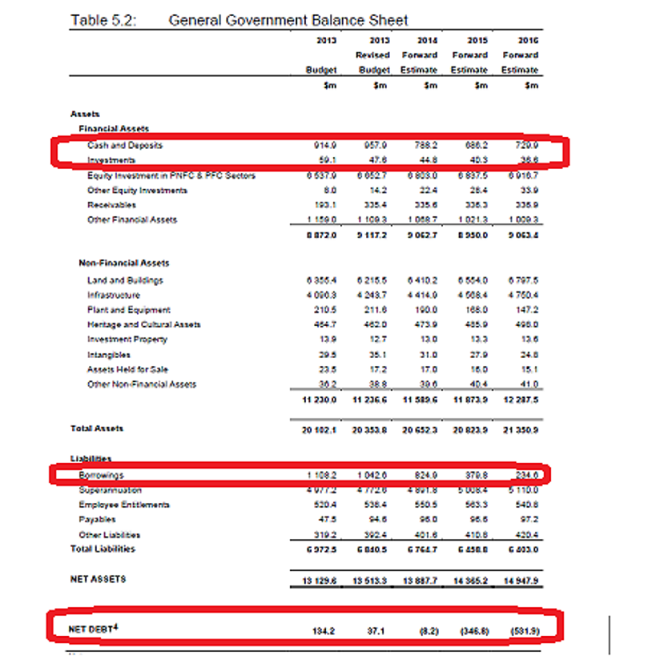Perfect Info About Total Debt In Balance Sheet Isa701

The debt to capital ratio, often used interchangeably with the term “capitalization ratio”, compares the total debt balance outstanding on the balance.
Total debt in balance sheet. The balance sheet can be used to calculate three key ratios: Debt to equity ratio = (short term debt + long term debt + fixed payment obligations) / shareholders’ equity. The term balance sheet refers to a financial statement that reports a company's assets, liabilities, and shareholder equity at a specific point in time.
Identifying a complete list of items. This formula is important because it gives you an overhead look at all your. The debt/assets ratio, the equity/assets ratio, and the debt/equity ratio.
Upon completion, we must ensure the fundamental accounting equation holds true by subtracting total assets from the sum of the total liabilities and shareholders’. Did you get it ⬇️樂 question: The formulas for these ratios are:.
Meanwhile, a debt ratio of less than 100% indicates that a company has. Or you could enter the values. Net debt is significant in buyouts because a buyer will calculate enterprise value using the target.
If, as per the balance sheet, the. You will have greater ease finding the total debt balance when. And they owe a lot.
This ratio shows how much is owed compared to the company’s net worth. A debt ratio greater than 1.0 (100%) tells you that a company has more debt than assets. In a balance sheet, total debt is the sum of money borrowed and is due to be paid.
Total household debt came to just under $15 trillion in the second quarter of 2021, according to a report on household debt and credit by the. Various definitions of debt total debt. Total liabilities divided by shareholder equity.
What is total debt? Gross debt is the total book value of a company's debt obligations. Debt to equity ratio in practice.


















